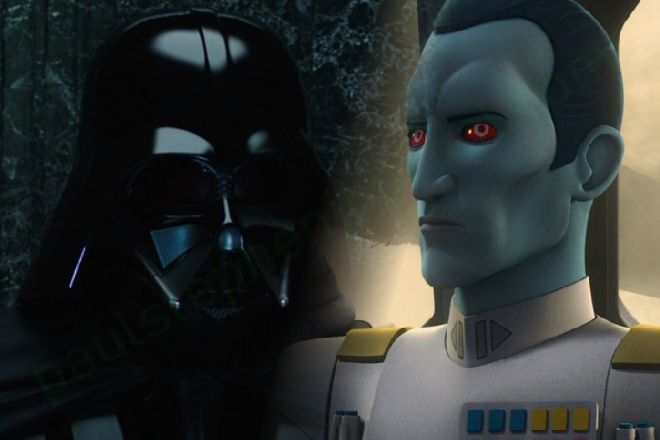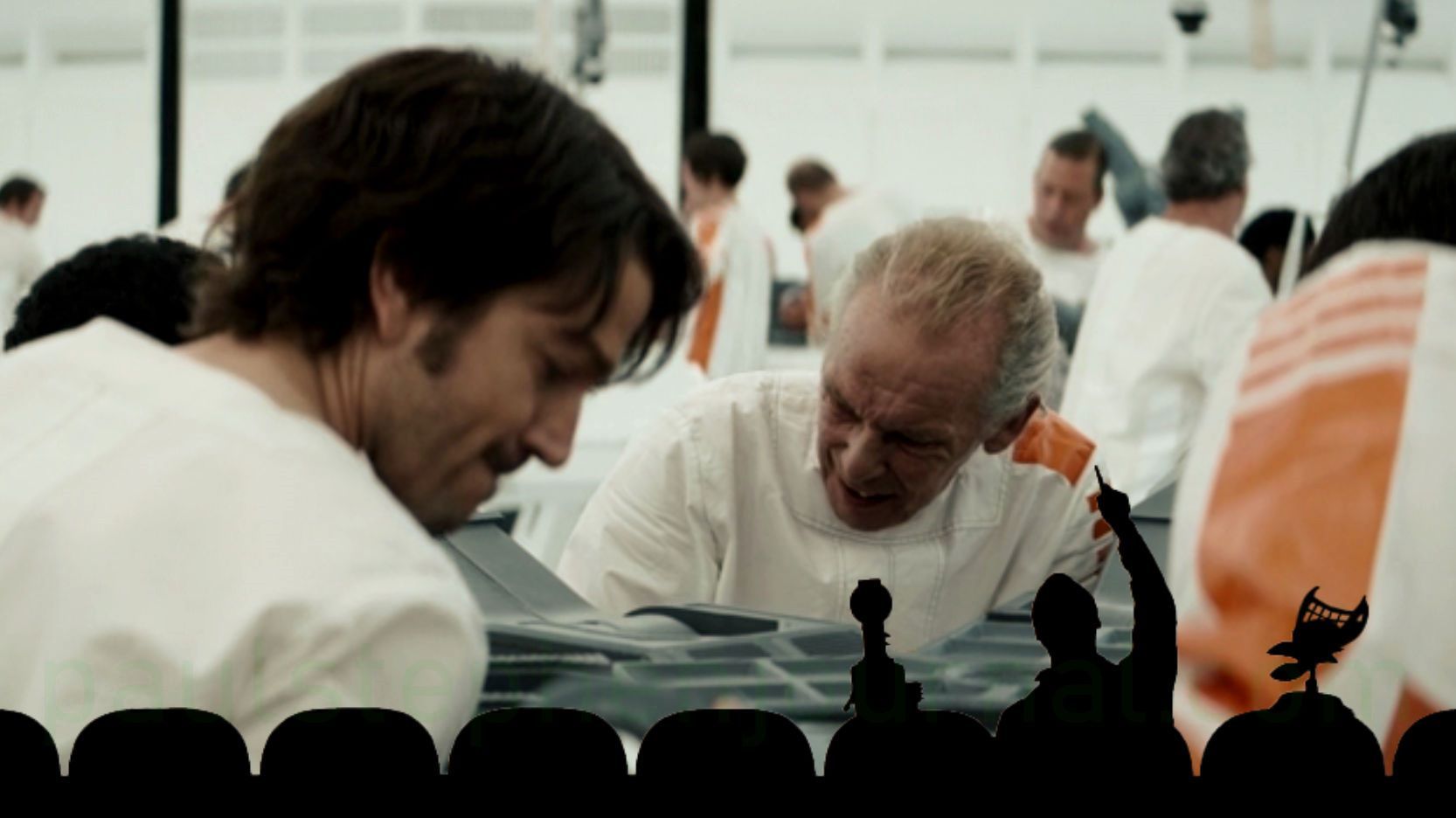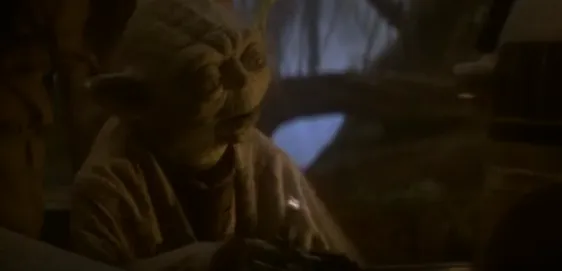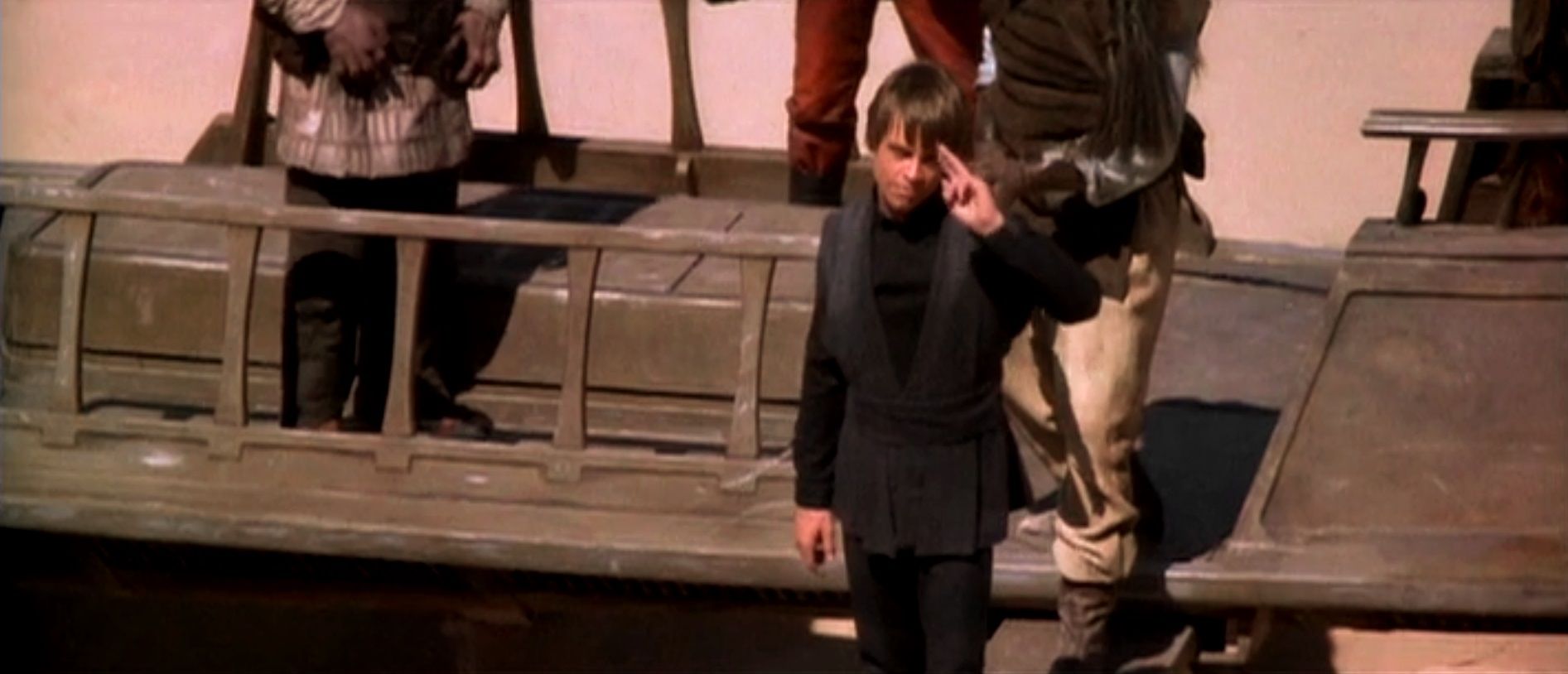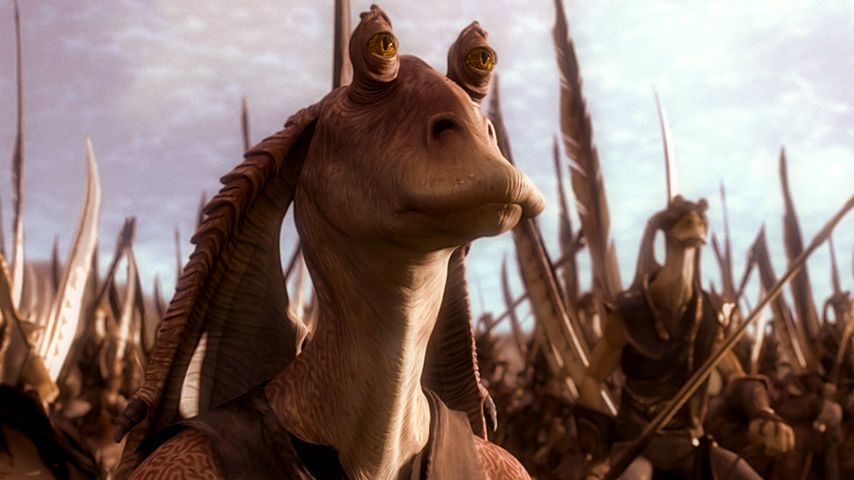In my most recent Star Wars articles, I discussed a variety of my impressions of the Obi-Wan Kenobi series. Today, with the sixth and final part now several weeks past its release, and having time to reflect on it, I want to wrap up my personal discussion on all things Star Wars, in context of the Kenobi show as well as all other Star Wars material I am familiar with, from the six core films to the legacy Expanded Universe to Disney’s sorry attempts at a “sequel” trilogy.
I entitled this article “Suspension of Disbelief,” because I want to reinforce that for everything I have said or will say now about Star Wars, it is merely a work of fiction, and your enjoyment of anything with that brand will be leveraged against your willingness to take what is provided by the brand, for good or ill, and how much you pay attention to continuity and character rewrites. For me, Star Wars had already been destroyed by The Last Jedi, the humiliation of my childhood hero, Luke Skywalker, forever cauterizing my interest in any and all future attempts to build or rebuild the story. I had watched all of the classic three films countless times from childhood on, wearing out VHS copies in the 1980s, and then keeping, to this day, my DVD original film copies that came as “bonus content” with the first special editions in the late 1990s. Despite their obvious visual quality deficiencies on a UHD 4k screen, those 20+ year DVDs (now ripped) of truly original Star Wars are the only versions I care to watch.
Those original copies are completely original in every meaningful way. Almost as if their existence stands as a commentary on the confusion of our contemporary world, there is no question in the original 1977 film that Han Solo shot first, and why. I fathom all of the embarrassing tweaks to that scene over the past half century, and how sad it is for kids today watching it on Disney+ to endure such a CGI and editing disaster of galactic proportions.
As for The Last Jedi and its successor, which I think is called The Rise of Palpatine, I only saw each once, in theater, which was two times too many to watch both. The nicest thing I can say about Disney’s theatrical attempts at Star Wars is that they made be appreciate the prequel films as the aged masterpieces they have become.
So Why Disney+?
I did not touch on this matter is any of my prior Kenobi articles, of why I am watching it, and why I subscribed to Disney+ at all. Shouldn’t someone so thoroughly severed from these works be continuing to watch their latest offerings? Isn’t this misaligned with my written positions on the state of Star Wars?
Trusted confidants in my life, knowing me personally and my interest in “real” Star Wars, have repeatedly recommended that I watch some of the additional content, particularly the animated shows over the past decade. On that mutual trust, I decided to finally check those shows out, which coincidentally happened around the start of the Kenobi series.
I am still watching these animated shows, and most recently finished the entirety of Star Wars Rebels, which concluded 3-4 years ago. I did not know what to expect – this was after all a cartoon originally created for the Disney cable channel. But I was thoroughly impressed by how good the series was, and a bit surprised that it was likely only targeted to children, at first. Its true audience is Star Wars fans of any age, who are still kids at heart.
I will refrain from a synopsis of the Rebel series, only to note that it was fully entertaining from start to finish. I laughed at the humor that was probably only intended for the fans. Integration with the most well-known events was fantastic, along with the cameos and special guest appearances of the more famous heroes like Lando Calrissian, Senator Organa, Yoda, a teenage Princess Leia, Mon Mothma, and even Obi-Wan Kenobi. And in a true example of the show’s brilliance, Expanded Universe (now Legends) character Grand Admiral Thrawn was retooled for the show’s purposes, not in a destructive way ala Luke of The Last Jedi, but one showing respect to Timothy Zahn’s epic book trilogy (which should have been the basis for Disney’s sequel trilogy, in my humble opinion).
All while watching Rebels and afterward, a question was continually on my mind:
How can a company like Disney make something so good as Rebels but fail so miserably with their film attempts?
If I can take a liberty and guess to summarize their starting places, I would say the creators of Star Wars Rebels had a deep understanding and appreciation of Star Wars source material, both the core films and expanded content. The creators of Disney’s “sequel” trilogy once saw a Star Wars film when they were seven years old.
Conclusions on Kenobi
Where does the Kenobi series fit in? Is it as bad as Disney’s sequel trilogy, as good as Rebels, or somewhere in between?
Reading through my prior articles on the Kenobi series, all of my early impression skill hold true at its conclusion. Kenobi’s character suffered the same writer’s assassination as Han Solo, Yoda, and Luke’s had prior in the sequel trilogy, at least through the first three parts of Kenobi. The latter three parts (4, 5, and 6) were certainly better than the first three, with Obi-Wan magically remembering how to be a Jedi. If you can suspend your disbelief of this problem after watching the almost unwatchable Vadar-Kenobi “dual” at the end of part 3, you just might marginally enjoy the final three parts.
I can summarize the Kenobi series as one of a lost opportunity. It could have been a gem, on par with the classic films. The raw draft of a great story was there, but was muddied by the inclusion of forgetful contemporary characters and an attempt in the last three parts to undo the absurdities introduced in the first three.
One of the strengths of the original trilogy was its laser focus on the few main characters. Every other character, with a few exceptions (e.g. Lando Calrissian) were background and only meant to buttress the story arcs of the main heroes, and villains. Kenobi could have singularly focused on Darth Vadar’s obsession with finding his old master Obi-Wan, a perfect prelude to the Sith Lord’s eventual transition of that obsession to finding Luke. The small streaming screen was the ideal medium for a six-part chase, a matching of wits between the two adversaries. We saw glimpses of this potential in part 5. With the proper writing and story focus, it would have been an ideal six-part continuation from the events of Revenge of the Sith and left the story in a satisfying place before A New Hope.
I had predicted in my prior Kenobi articles that Qui-Gon Jinn would have some sort of pivotal role in the Kenobi story resolution. Boy, was I wrong, and it was only indicative and a stark example of the obtuse missed potential of the show. Kenobi’s former master did not have barely a camero, and certainly no integral part of this story, as could have been reasonably assumed by how the recaps were edited. Here was lost a marvelous chance for a final vindication of Qui-Gonn’s view of the Light Side of the Force juxtaposed with Anakin’s tragic fall and failure to the Dark Side. Nothing like this happened, and Qui-Gonn’s appearance was trivial at best, a weak demonstration that Obi-Wan was now “ok” finally being able to see his old master’s ghost, and instead a testament to the overlooked saga of what could have been a truly memorable Kenobi series, in my final summation.



